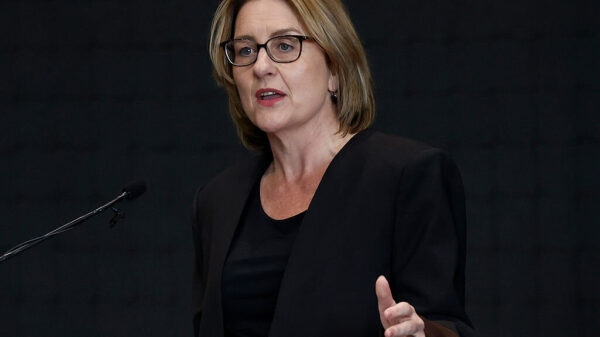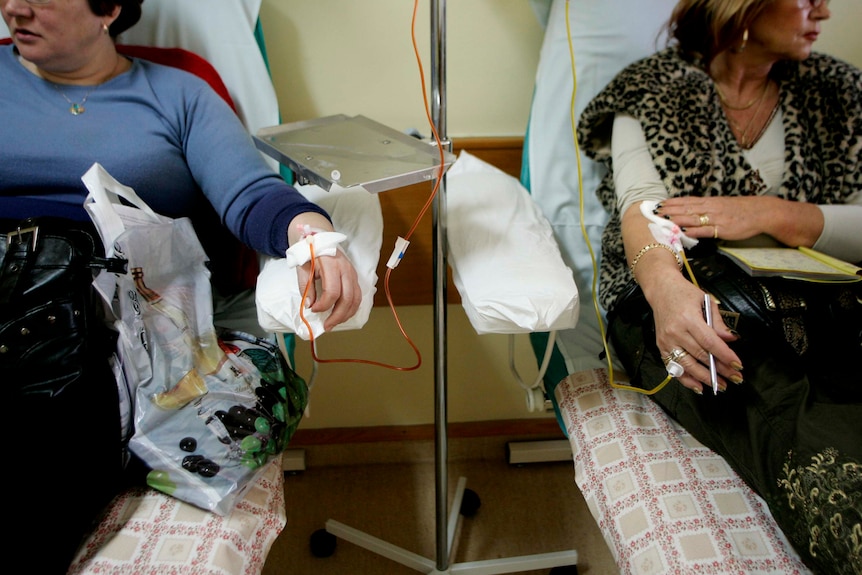More than 230,000 lives have been saved in Australia over the past six decades due to effective cancer control measures, according to new research by the Cancer Council of Victoria. The study highlights significant advancements in cancer screening and anti-smoking strategies as key factors that have contributed to this remarkable achievement. Lead researcher Associate Professor Brigid Lynch emphasized the importance of these measures, stating, “What we’re seeing is a snowball effect — we’re now seeing the result of investments made in cancer control over the many decades.”
Cancer remains the leading cause of death in Australia, accounting for approximately 17 percent of the national disease burden. Despite a projected increase in cancer rates of about 50 percent by 2044, the risk of dying from cancer has significantly decreased. Since the 1980s, the risk has fallen by 11 percent for women and 20 percent for men. The decline in mortality rates is particularly evident in lung cancer, attributed largely to comprehensive tobacco control measures.
Significant Decrease in Cancer Mortality Rates
The findings, published in the Australian and New Zealand Journal of Public Health, analyzed cancer-related death rates from 1950 to 2018. The study concluded that more than 230,000 deaths have been averted, with over 65 percent of those in the last decade of the study period (2009-2018). Associate Professor Lynch noted that the reduction in lung cancer deaths is a direct result of successful anti-smoking campaigns, which are expected to continue having a positive impact with the introduction of a national screening program for high-risk individuals.
In addition to lung cancer, mortality rates for breast and cervical cancers have also seen a marked decline. “We know more women are diagnosed with breast cancer today because of increased screening,” Lynch explained. The decrease in cervical cancer deaths has been attributed to improved screening techniques and the rollout of the human papillomavirus (HPV) vaccination program.
Challenges Ahead Despite Progress
While the overall trend in cancer mortality is encouraging, challenges remain. Researchers are particularly concerned about rising cancer rates among younger Australians, with an estimated 169,000 cases diagnosed in 2024. Contributing factors include an ageing population and lifestyle choices. The study indicates that while the individual risk of dying from cancer has fallen, certain cancers, such as liver cancer, are becoming increasingly fatal. Liver cancer deaths have more than tripled since the 1980s, primarily due to obesity, alcohol consumption, and metabolic illnesses.
The report underscores the necessity of continuing investment in cancer prevention and early detection initiatives. “It’s vital that society increases investment in cancer prevention and early detection efforts to help save lives,” Lynch said. The study involved collaborations with The University of Melbourne, Monash University, and the Baker Heart and Diabetes Institute, and highlights the importance of maintaining momentum in public health advocacy.
Professor Adrian Esterman, chair of biostatistics at the University of South Australia, reiterated the study’s implications, stating that it underscores the need for ongoing investment in cancer research and treatment innovations. He pointed to significant advancements, including enhanced mammogram readings utilizing artificial intelligence, as critical to ensuring the downward trend in cancer deaths continues.
In conclusion, while Australia has made substantial strides in cancer control over the past sixty years, the challenge of rising cancer rates and mortality from specific cancers persists. The findings from this comprehensive study serve as a reminder of the importance of sustained public health efforts to address and mitigate the impact of cancer in society.





























































